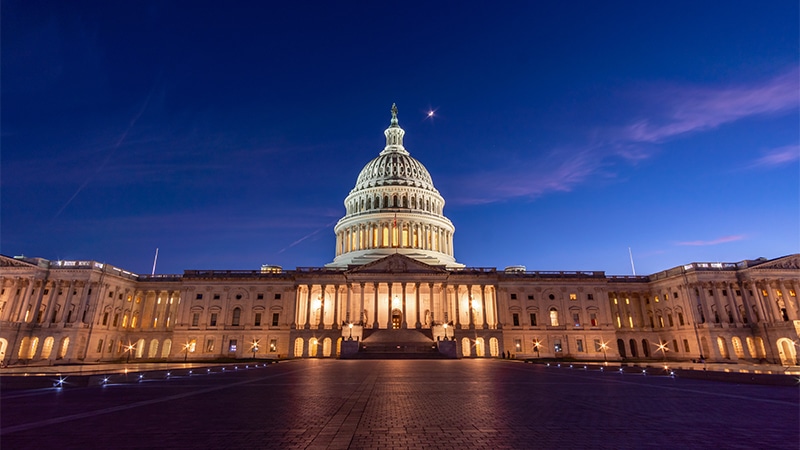A deal on the debt limit is likely—but not without a lot of uncertainty


The political standoff over raising the U.S. federal debt limit will likely be resolved before the government is forced to delay scheduled payments—but is still likely to create uncertainty for financial markets if history is repeated, according to two new reports published by Goldman Sachs Research.
The Treasury Department was forced to begin taking special measures last month to keep paying its bills as the federal government bumped up against its $31.4 trillion borrowing limit. Such moves, which include suspending investments for certain government accounts, will allow the Treasury to keep current on its obligations to bondholders, Social Security recipients and others until at least early June, it said.
That’s probably the earliest point at which payments would be in jeopardy, according to a new research note by Alec Phillips at Goldman Sachs Research. “We think the deadline will eventually come in early to mid-August,” Phillips writes. “That said, there is substantial uncertainty regarding tax receipts, and we do not expect clarity on the timing of the deadline until late April or early May.” If the Treasury’s June timeline turns out to be accurate, it’s possible that a short-term extension could push the issue into the fall, Phillips adds.
The overriding question is how much leverage Republicans have to exact policy concessions. On that score, GS Research believes there’s a limit to how far they can push. “We believe that whatever leverage (the debt limit) does provide would disappear once Social Security checks and other payments are delayed,” the authors write.
While the risk that Congress fails to raise the debt limit by the deadline is “higher than at any point since 2011,” the team believes it’s more likely that Congress will raise the debt limit before the Treasury is forced to delay scheduled payments.
Of course, there’s a lot at stake. The team estimates a hit to the economy of about $225 billion per month, or 10% of annualized GDP, if the Treasury succeeds in stopping other payments to ensure it continues to pay interest on the debt.
It’s that kind of outcome that could spook the markets as the debt-limit deadline nears. A separate research report by David Kostin of Goldman Sachs’ portfolio strategy research team examined the most recent five examples of close calls on the debt limit going back to 1995. It found the most analogous period was 2011, when a Democratic administration was similarly forced to negotiate with a Republican House in the wake of significant fiscal expansion and against a backdrop of recession fears. During that showdown, the S&P 500 fell by 17% from peak to trough in just 22 trading days. Although the debt limit was raised on August 2nd of that year, the equity markets didn’t trough until six days later, following the Standard & Poor’s downgrade of the U.S. sovereign debt rating from “AAA” to “AA+”.
Outside of that episode, though, debt limit standoffs have usually had a limited impact on financial markets, the authors write. The S&P 500 experienced a median peak-to-trough drawdown of just 4% in the last five episodes, with none besides 2011 triggering a drawdown of even 5%. That said, debt limit debates have tended to be tougher on stocks exposed to government spending. A basket of 77 stocks tracked by GS analysts with at least 20% of their sales tied to government spending has lagged the S&P 500 by a median of 5 percentage points in the weeks ahead of the four most recent debt limit deadlines. The basket of stocks consists primarily of stocks from the health care, aerospace and defense, professional services, and materials industries.
Our signature newsletter with insights and analysis from across the firm
By submitting this information, you agree that the information you are providing is subject to Goldman Sachs’ privacy policy and Terms of Use. You consent to receive our newletter via email.